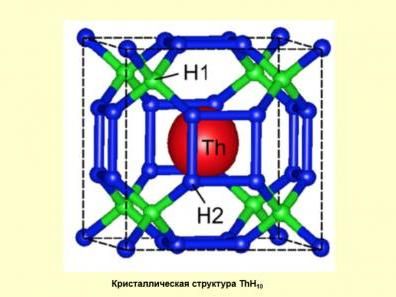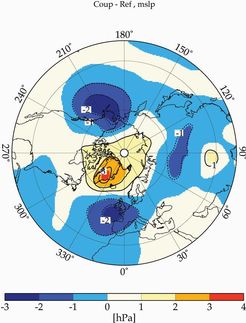Scientists reveal effects of quantum 'traffic jam' in high-temperature superconductors
Findings may point to new materials to get the current flowing at higher temperatures
Advertisement
Scientists at the U.S. Department of Energy's Brookhaven National Laboratory, in collaboration with colleagues at Cornell University, Tokyo University, the University of California, Berkeley, and the University of Colorado, have uncovered the first experimental evidence for why the transition temperature of high-temperature superconductors cannot simply be elevated by increasing the electrons' binding energy. The research - to be published in Nature - demonstrates how, as electron-pair binding energy increases, the electrons' tendency to get caught in a quantum mechanical "traffic jam" overwhelms the interactions needed for the material to act as a superconductor - a freely flowing fluid of electron pairs.
"We've made movies to show this traffic jam as a function of energy. At some energies, the traffic is moving and at others the electron traffic is completely blocked," said physicist J.C. Seamus Davis of Brookhaven National Laboratory and Cornell University, lead author on the paper.
Understanding the detailed mechanism for how quantum traffic jams (technically referred to as "Mottness" after the late Sir Neville Mott of Cambridge, UK) impact superconductivity in cuprates may point scientists toward new materials that can be made to act as superconductors at significantly higher temperatures suitable for real-world applications such as zero-loss energy generation and transmission systems and more powerful computers.
The idea that increasing binding energy could elevate a superconductor's transition temperature stems from the mechanism underlying conventional superconductors' ability to carry current with no resistance. In those materials, which operate close to absolute zero (0 kelvin, or -273 degrees Celsius), electrons carry current by forming so-called Cooper pairs. The more strongly bound those electron pairs, the higher the transition temperature of the superconductor.
But unlike those metallic superconductors, the newer forms of high-temperature superconductors, first discovered some 20 years ago, originate from non-metallic, Mott-insulating materials. Elevating these materials' pair-binding energy only appears to push the transition temperature farther down, closer to absolute zero rather than toward the desired goal of room temperature or above.
"It has been a frustrating and embarrassing problem to explain why this is the case," Davis said. Davis's research now offers an explanation.
In the insulating "parent" materials from which high-temperature superconductors arise, which are typically made of materials containing copper and oxygen, each copper atom has one "free" electron. These electrons, however, are stuck in a Mott insulating state - the quantum traffic jam - and cannot move around. By removing a few of the electrons — a process called "hole doping" - the remaining electrons can start to flow from one copper atom to the next. In essence, this turns the material from an insulator to a metallic state, but one with the startling property that it superconducts.
The proposed mechanism for how these materials carry the current depends on magnetic interactions between the electrons causing them to form superconducting Cooper pairs. Davis's research, which used "quasiparticle interference imaging" with a scanning tunneling microscope to study the electronic structure of a cuprate superconductor, indicates that those magnetic interactions get stronger as you remove holes from the system. So, even as the binding energy, or ability of electrons to link up in pairs, gets higher, the "Mottness," or quantum traffic-jam effect, increases even more rapidly and diminishes the ability of the supercurrent to flow.
"In essence, the research shows that what is believed to be required to increase the superconductivity in these systems — stronger magnetic interactions - also pushes the system closer to the 'quantum traffic-jam' status, where lack of holes locks the electrons into positions from which they cannot move. It's like gassing up the cars and then jamming them all onto the highway at once. There's lots of energy, but no ability to go anywhere," Davis said.































































